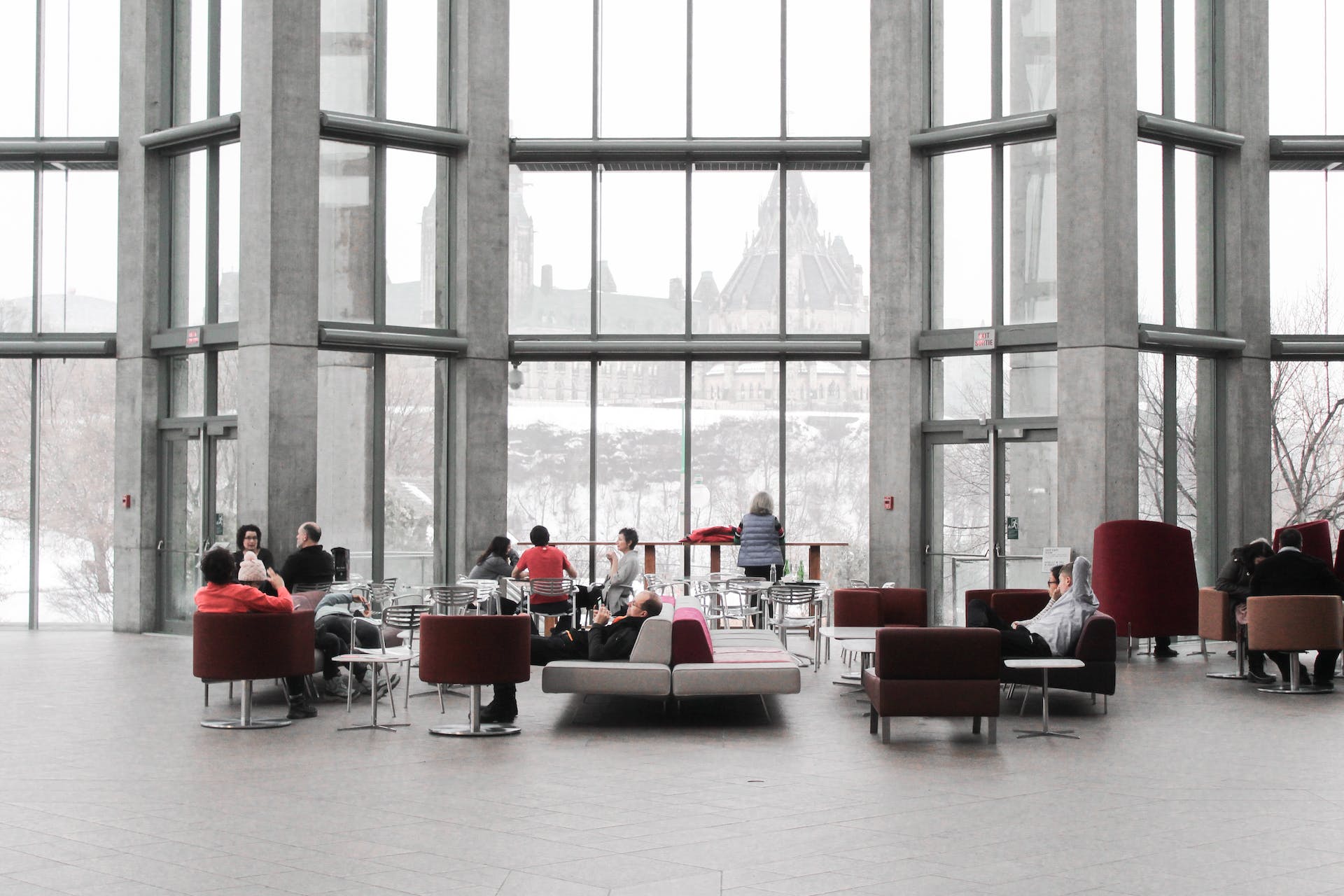
In a world grappling with the relentless challenges of climate change, where summers swelter, and winters chill to extremes, a critical shift in focus is unfolding. While individual efforts have long concentrated on curbing home heating emissions, the time has come to consider an equally significant aspect – how we cool our buildings. With record-breaking temperatures becoming the norm, the demand for cooling solutions is skyrocketing. Yet, conventional methods of climate control, particularly power-hungry air conditioning, are exacerbating peak electricity consumption and greenhouse gas emissions. A sustainable future demands efficient building cooling, prompting innovative methods and technologies to emerge.
Harnessing the Potency of Passive Cooling Strategies:
At the heart of energy-efficient buildings, cooling is a passive technique that harnesses nature’s forces to maintain comfort without relying on energy-intensive cooling systems. In regions blessed with temperate climates, strategies like night purging, cross-ventilation, and evaporative cooling take centre stage. Cross-ventilation ushers in refreshing outdoor breezes to replace stagnant indoor air, while evaporative cooling capitalizes on water’s cooling effects for a low-energy solution.
Welcoming the Integration of Renewable Energy:
Efficient building cooling hinges on the seamless integration of renewable energy sources. Solar panels, wind turbines, and solar thermal systems power these cooling systems. This transition diminishes our dependence on fossil fuels and propels us toward a carbon-neutral future. Notably, these energy solutions can be retrofitted into existing structures, minimizing the need for demolition.
Revolutionary Materials and Technologies:
Advancements in materials and technology play a pivotal role in enhancing energy efficiency. High-performance building materials with superior insulation properties enable older structures to adopt efficient designs, reducing the necessity for extensive structural modifications. Innovative technologies, such as smart thermostats and occupancy sensors, facilitate sustainable practices. These devices automate adjustments based on user preferences and occupancy patterns to optimize comfort while conserving energy.
The Ascendance of Smart HVAC Systems:
Efficient, innovative heating, ventilation, and air conditioning (HVAC) systems are the vanguard of the building cooling revolution. Equipped with advanced sensors, data analytics, and automation, they adapt to occupancy patterns and shifting weather conditions. These systems reduce unnecessary cooling during vacancy and automatically adjust settings to maintain comfort with minimal energy use.
Government Regulations and Stakeholder Involvement:
Governments worldwide are recognizing the significance of optimizing building cooling efficiencies. They enact regulations and incentives to encourage energy-efficient practices, aligning with global carbon neutrality and energy efficiency goals. These initiatives correspond with the United Nations Sustainable Development Goals (SDGs), reinforcing the urgency of adopting eco-friendly cooling technologies.
In Conclusion:
As climate change accelerates and the need for cooling soars, the role of energy-efficient building cooling becomes paramount. By amalgamating innovative techniques, materials, and technologies and incorporating renewable energy sources, we can fashion a sustainable and cosy built environment. Government policies and stakeholder engagement are essential for these ambitions, and the United Nations Sustainable Development Goals provide a universal framework.
Now is the moment to embrace energy-efficient building cooling as a cornerstone of our sustainable future. Through this approach, we diminish our carbon footprint and create indoor spaces in harmony with the environment. Together, we can propel energy-efficient building cooling into the mainstream and lead toward an environmentally conscious and climate-resilient world.







